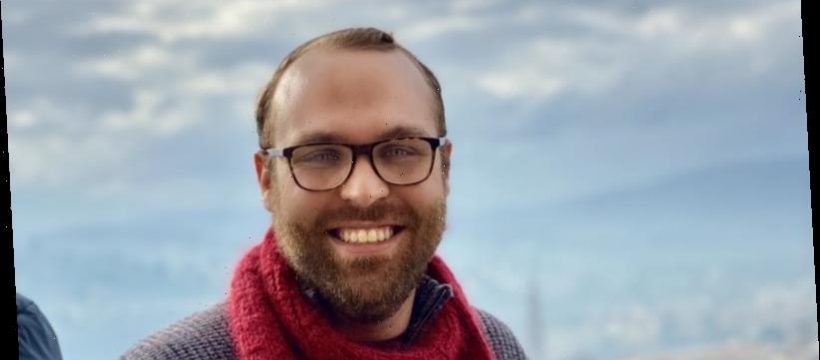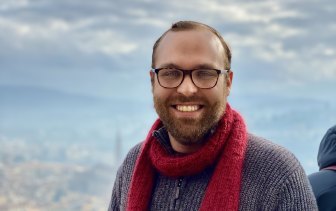This year, I wanted my silence to speak for me. I had chosen to abstain from what has become a futile annual ritual for all First Nations people: speaking out about Invasion Day, which is to say – speaking out about our trauma.
Instead of the obligatory Invasion Day opinion piece, I pitched running a blank column in The Sydney Morning Herald. That’s right: white space, no words. I wanted to use silence as a reflection on the futility of this annual debate, and have the empty white space be a forced reflection on that statement. A protest born of frustration.
James Blackwell, Wiradjuri man and research fellow in Indigenous policy for the Centre for Social Impact at the University of NSW.
However, I was told that to make the opinion pages, you needed to write something. So here I am, the day after, explaining why you did not hear from me on your public holiday, and will likely not on any future January 26.
January is a traumatic month for all First Nations people in this country. Invasion Day is a gnawing hole in the calendar, sucking all else into it, if you but happen to cross its event horizon. It consumes everything, and not even light can escape.
Every year that event horizon gets more and more unavoidable, as Australian racism and white supremacy persists, aided and abetted by all sections of society, including members of parliament.
The trauma of Invasion Day itself, and everything it represents to us, is the dark heart of that black hole. The inherent pain and anguish that comes with that date is not something we want to discuss. We don’t address this emotional toll as often as we should, but it is there.
Being forced to explain this to an audience is a public performance of that trauma. Year after year we explain, in as many ways as you can count, the cause of justice for our people. We fight for our presence to be heard in front of you. We fight for our rights to be recognised in front of you.
In the 233 years since British arrival, too much black blood has been spilt in this fight. Actively resisting this colonial project, fighting for our justice. Resisting genocide. Dispossession. Violence. And too much black ink is spilled by us writing out its horrors to you, fighting for our voices.
And yet, what has changed? Who acknowledges our trauma? Who bothers to listen? Who really changes their mind based on what any of us have to say? Those on either side are very firmly in their camps. What are a few lines changed in a national anthem in exchange for more than two centuries of oppression.
The racism continues. Our fight for justice belittled by those at the very top. Any push for meaningful reform is stymied. Time is a flat circle within Indigenous affairs. We will look back in 10 years and barely have moved an inch, let alone a mile.
This is the continuation of Australia’s original sin: the treatment of First Nations people. Our land and lives were taken by the lie of terra nullius. No man’s land. And our words and stories are continually taken by the lies our society tells itself. Nullius verba. No man’s words.
This year, I wanted my silence to speak for me. Yet here I am, performing my trauma for another year.
I want you to understand that this for us is painful, an endless annual ritual bearing witness to our pain, and having so many Australians effectively reply with a very impolite “no thank you”.
I am sure that in 12 months we will be in this same place and someone will be here writing again about the trauma of this day, and what it means to us. And it will be brushed over again. Australia is not ready, and certainly to my mind not willing, to reckon with its original sin. So, we will be here again.
This year, I wanted my silence to speak for me. I still do.
James Blackwell is a proud Wiradjuri man and research fellow in indigenous policy for the Centre for Social Impact at the University of NSW.
Start your day informed
Our Morning Edition newsletter is a curated guide to the most important and interesting stories, analysis and insights. Sign up to The Sydney Morning Herald’s newsletter here, The Age’s here, Brisbane Times’ here, and WAtoday’s here.
Most Viewed in National
Source: Read Full Article

